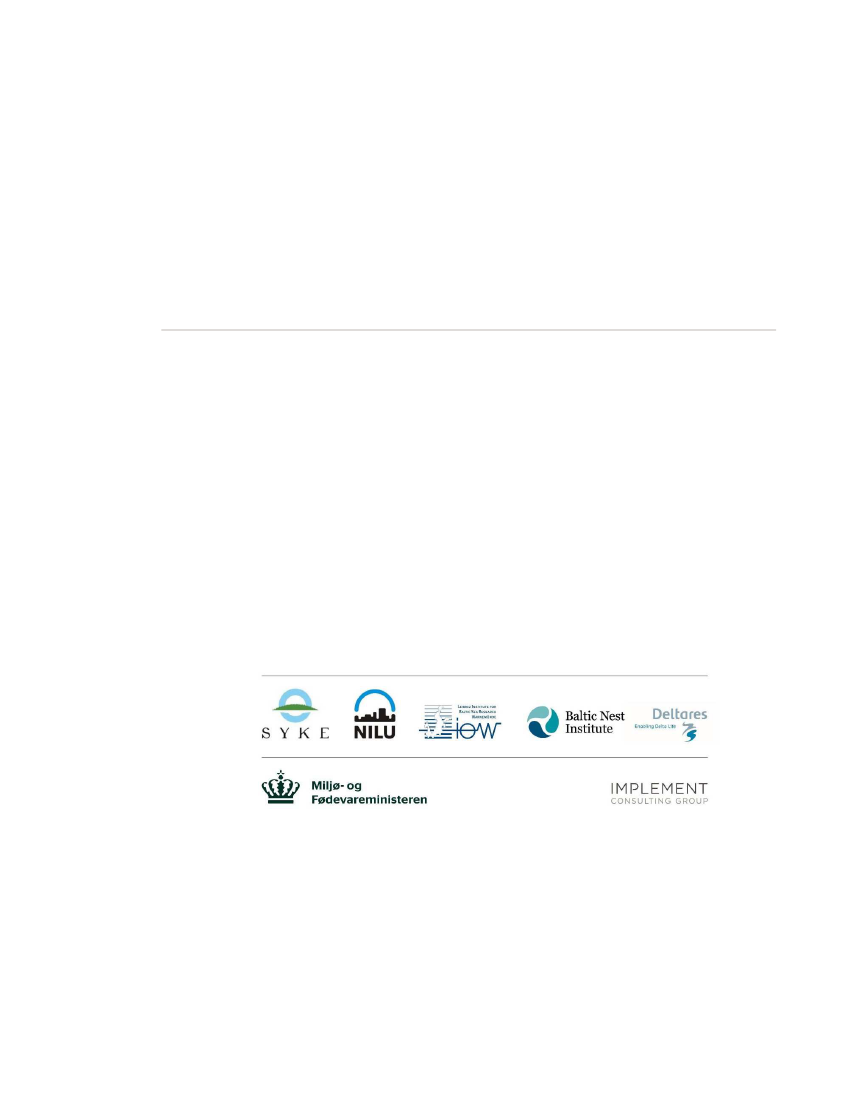
Executive summary
- International evaluation of the Danish marine models
To be published after the heari ng of the evaluati on report
10. oktober 2017
Implement Consulting Group
Strandvejen 54
2900 Hellerup
Tel +45 4586 7900
Email [email protected]
Implementconsultinggroup.com
CVR
Bank
SWIFT
Iban
32767788
4845-3450018236
DABADKKK
DK3030003450018236